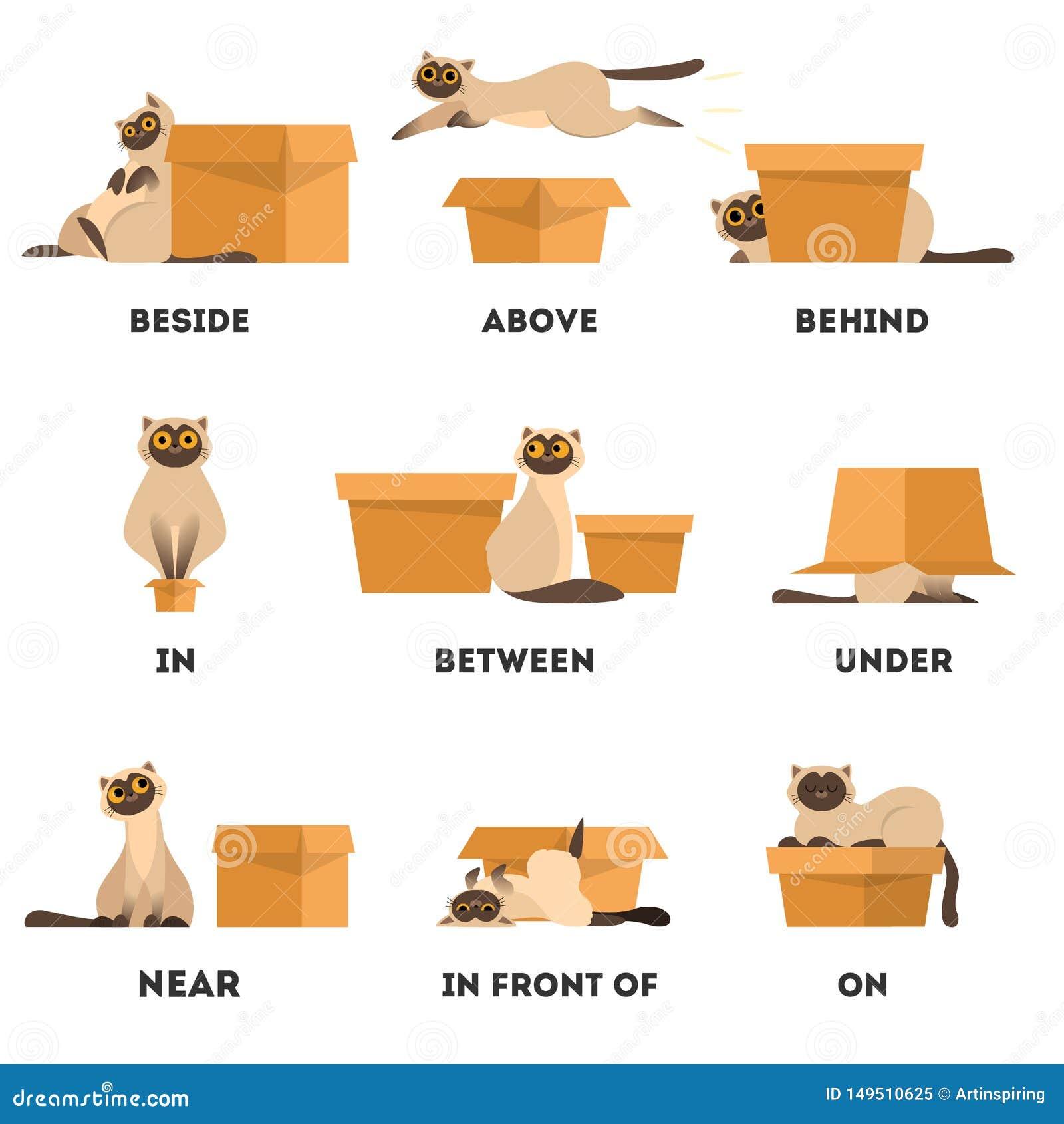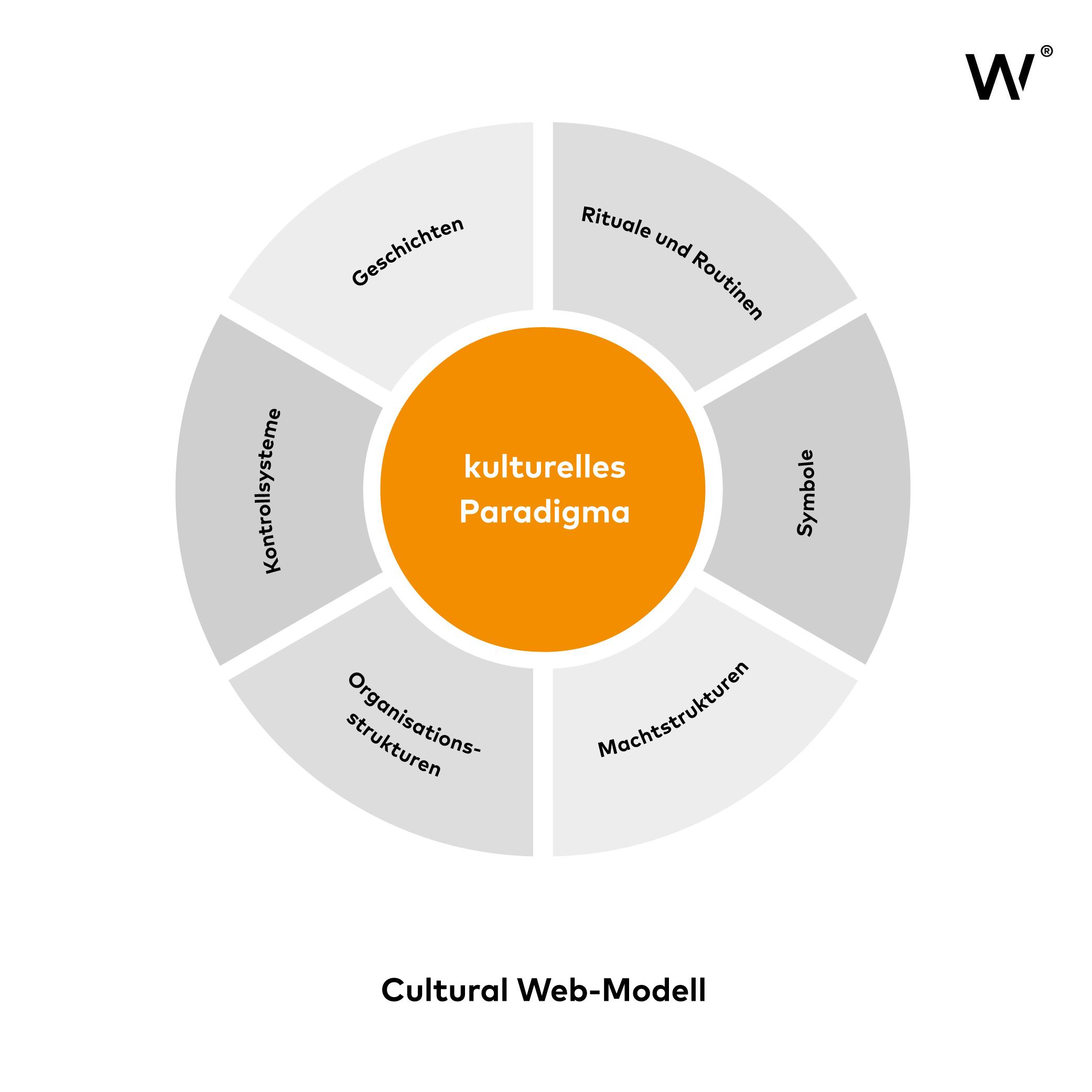Title: Behind the Scenes of EastEnders: From ‘Doof Doofs’ to Angie and Den
Since its debut on the BBC in 1985, EastEnders has become a cornerstone of British television, captivating audiences with its compelling storylines and unforgettable characters. The show’s signature soundŌĆöthe iconic ‘doof doof’ that punctuates pivotal momentsŌĆöhas entered the cultural lexicon, signaling dramatic twists and emotional revelations. But what goes into the creation of this beloved soap opera? In this article, we delve into the intricate production process that has shaped EastEnders into a household name. From the concepts that ignite the plotlines to the nuanced performances that bring characters like the enduring duo Angie and Den to life, we explore the behind-the-scenes magic that keeps viewers returning to Albert Square. Join us as we uncover the artistic vision, groundbreaking writing, and collaborative spirit that contribute to the show’s enduring legacy in British television history.
The Evolution of EastEnders: A Deep Dive into its Creation
From its inception, EastEnders was designed to capture the gritty essence of London life.Developed by the brilliant minds at the BBC, the series first aired on February 19, 1985, as a direct response to the success of rival soap operas, notably Coronation Street. With a distinctive theme tune and signature ŌĆ£doof doofŌĆØ sound effects marking the end of each episode, the show quickly became a cultural landmark. The producers aimed for authenticity, incorporating real-life London cultures and challenges, which resonated with viewers.These elements not only defined the series’ identity but also created an enduring legacy.
Central to its narrative tapestry were characters such as Angie and Den Watts, whose tumultuous relationship became one of the most iconic storylines in soap opera history. The writers cleverly wove together plots that encompassed everything from betrayal to reconciliation, reflecting the complex web of human interactions.As EastEnders evolved,it introduced new families and generational conflicts,enriching the community of Albert Square. This character-driven storytelling approach allowed the show to discuss social issues, enhancing its relevance and appeal across diverse demographics.
The Signature Sound: understanding the Iconic Doof Doofs

The distinctive “doof doofs” of EastEnders serve as more than just an auditory cueŌĆöthey encapsulate the very essence of the show’s dynamic storytelling and character development. These pulsating beats, which punctuate the transitions between scenes, create a dramatic crescendo that heightens audience engagement. With each doof, viewers are reminded of the emotional tensions simmering beneath the surface in Albert Square, setting the stage for conflict, revelation, and intrigue. Their placement is anything but random; it is a intentional choice by the creators, designed to evoke anticipation and signal pivotal moments in the characters’ arcs.
Furthermore, the legacy of EastEnders is intricately woven into the soundscape shaped by these iconic beats.They have become synonymous with the show’s milestones and memorable episodes, playing a pivotal role in defining its cultural impact. Key elements contributing to the significance of the doof doofs include:
- Timing: Carefully orchestrated to align with dramatic plot twists.
- Emotional Resonance: Enhancing the weight of pivotal encounters.
- Consistency: Building familiarity among devoted viewers.
This musical signature not only resonates during high-stakes moments but also serves as an auditory reminder of beloved charactersŌĆÖ histories. Each ŌĆśdoofŌĆÖ connects fans to memorable storylines, like that of Angie and Den, whose tumultuous relationship illustrates the powerful intersections of love, betrayal, and redemptionŌĆöall encapsulated within the beatsŌĆÖ rhythmic embrace. The doof doofs are more than sound; theyŌĆÖre a storytelling device that continues to define the EastEnders experience.
Behind the Scenes: The Craft of Scriptwriting and Character Development

Behind every gripping episode of EastEnders lies an intricate process of scriptwriting and character development that brings the vibrant community of Albert Square to life. Writers are tasked with crafting not only engaging storylines but also complex, relatable characters. This involves extensive brainstorming sessions, where plot twists and character arcs are debated and refined. Dialog is meticulously crafted to capture the essence of each character, reflecting their personal histories, social status, and emotional states. Thru these discussions, the iconic ŌĆ£doof doofsŌĆØ bang at the end of scenes become more than just a jingle; they are a hallmark of storytelling that signals to viewers the weight of the drama unfolding on screen.
Character development is equally vital, as the audience forms connections with both heroes and villains within the square. Each characterŌĆÖs journey is carefully plotted out to ensure that changes and growth feel organic and grounded in reality. Key elements in this process include:
- Backstories: Providing depth and motivation.
- Conflicts: Introducing internal and external challenges.
- Relationships: Establishing bonds that resonate emotionally with viewers.
To illustrate how character dynamics evolve, the tumultuous relationship between Angie and den serves as a prime example. Their storyline encapsulates betrayal, love, and tragedy, highlighting how well-thought-out character arcs can leave a lasting impact on the audience, ultimately cementing EastEndersŌĆÖ place in British television history.
Cultural Impact: How Angie and Den Became Legends of British Television

Angie and Den’s tumultuous relationship encapsulated the very essence of EastEnders, becoming a defining narrative arc that resonated deeply with audiences. Their story epitomized the gritty realism of everyday life, showcasing the complex dynamics of love, betrayal, and desperation that many viewers could relate to. The power struggle between the two characters not only made them household names but also propelled them into the realm of television legends. Their infamous battles provided drama on-screen while reflecting societal issues,making them a mirror of the struggles faced by ordinary people in the 1980s Britain. This authenticity forged a connection with the audience,securing their place in the cultural zeitgeist.
The legacy of Angie and Den is evident in various aspects of British television today. Their iconic presence paved the way for future soap operas to explore darker themes and character development. The couple’s storyline introduced several key elements into the television landscape, including:
- Complex Characters: The struggle with mental health, addiction, and affairs became prominent themes.
- Realistic Dialogue: Catchphrases and sharp repartees became signatures of the genre.
- emotional storytelling: Audiences were captivated by the rawness of their relationship.
Furthermore,the dynamic of their turbulent partnership has inspired numerous parodies,discussions in media studies,and critical analyses,showcasing just how deeply embedded they have become in the popular culture narrative. The impact of Angie and Den extends beyond mere entertainment; they symbolize a shift in storytelling where the messy intricacies of human emotions are placed centre stage, forever altering the landscape of British soap operas.
Technical Innovations: filming Techniques that Shaped the Series

Throughout its decades-long run, EastEnders has employed a variety of groundbreaking filming techniques that have distinguished it from othre soap operas. The showŌĆÖs hallmark audio cue, the iconic ŌĆ£doof doof,ŌĆØ punctuates dramatic cliffhangers and transitions with a palpable sense of urgency. This technique not only enhances emotional resonance but also creates an anticipation that engages viewers on a visceral level. Coupled with innovative shot compositions and tight framing, these elements have allowed directors to immerse the audience fully into the vivid world of Albert Square, where every glance and conversation carries weight.
Moreover, the series has continuously evolved by adopting advanced technology in its production. From the early handheld cameras that lent a documentary style to more recent multi-camera setups that improve cinematic quality, EastEnders keeps the audience glued to their screens. Key filming innovations include:
- lighting Techniques: Utilizing natural light for outdoor scenes, juxtaposed with intense artificial lighting for interior drama.
- Gimbal Stabilization: For fluid camera movements that enhance action sequences without losing the viewerŌĆÖs focus.
- Green screen Technology: Creating complex backgrounds in scenes that would otherwise be impractical to film on location.
Additionally, the incorporation of sound design has played a pivotal role in storytelling. The use of diegetic sounds immerses viewers into the seriesŌĆÖ atmosphere, making them feel as if they are part of the unfolding drama. The careful blending of audio cues with visual storytelling has turned many scenes into iconic moments, forever linked to the cultural landscape of British television.
Future Directions: What Lies Ahead for EastEnders and its Legacy
As EastEnders strides confidently into the future, it remains vital for the series to adapt to an ever-changing media landscape while retaining its core identity. The show’s commitment to portraying the complexities of working-class life in London has solidified its place in British culture. With advancements in technology and shifts in audience preferences,the production team is exploring innovative ways to enhance viewer engagement. This includes:
- Expanded Digital Presence: EastEnders plans to leverage social media platforms to provide exclusive behind-the-scenes content, character interviews, and fan interactions.
- Interactive Storylines: The introduction of viewer polls and feedback mechanisms may lead to more personalized story arcs, reflecting the preferences of the audience.
- Diversity and Inclusion: Continuing to embrace varied representation within its cast and storylines, EastEnders aims to resonate with a broader spectrum of viewers.
The legacy of EastEnders is not merely its iconic characters and memorable plotlines, but also its status as a conversation starter on social issues. Future episodes are anticipated to tackle pressing topics such as mental health, climate change, and social justice, ensuring that the series remains relevant. In preparation for upcoming seasons, the creative team is carefully curating a roadmap that includes:
| Key Focus Areas | Potential Storylines |
|---|---|
| mental Health Awareness | Characters tackling personal struggles and stigma. |
| Community and Climate Change | Residents uniting for local environmental initiatives. |
| Intergenerational Relationships | Exploring bonds between elders and youth. |
To Conclude
the journey of EastEnders from its conception to becoming a staple of British television is a testament to the intricate blend of storytelling, character development, and innovative production techniques. The iconic “doof doof” sound at the end of each episode has become synonymous with the drama and anticipation that the show delivers. through exploring the complex dynamics of characters like Angie and Den, the series has not only reflected the real-life struggles of its audience but has also challenged social norms and sparked conversations across generations. as EastEnders continues to evolve, it remains deeply entrenched in the cultural fabric of the UK, reminding us of the powerful role television plays in shaping societal narratives. the legacy of this landmark soap opera is not just in its viewership numbers, but in its ability to resonate with the highs and lows of everyday life, ensuring that it will remain a vital part of television history for years to come.


